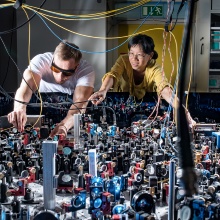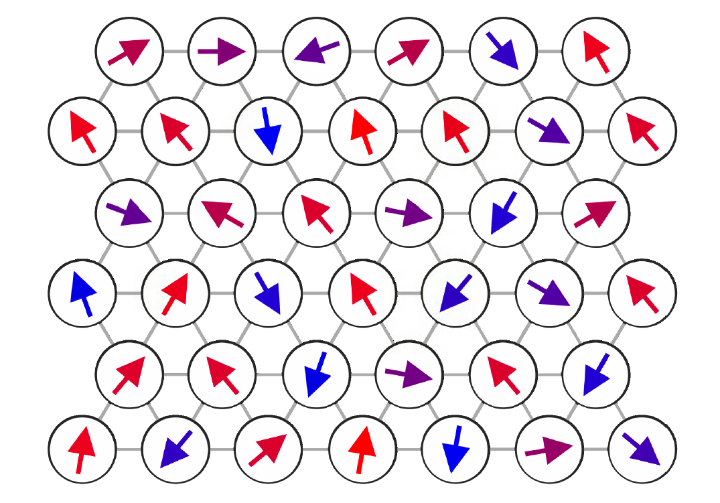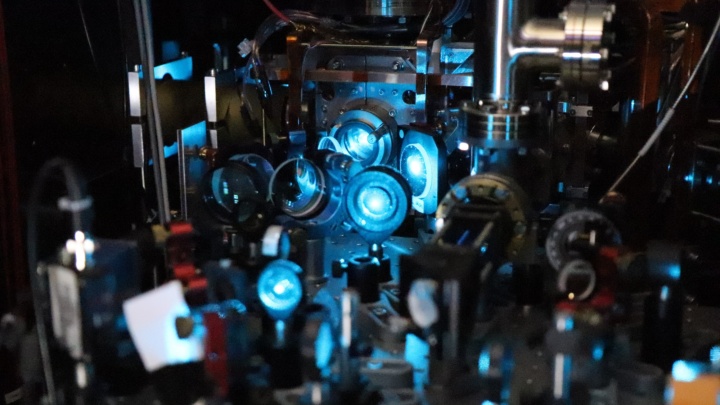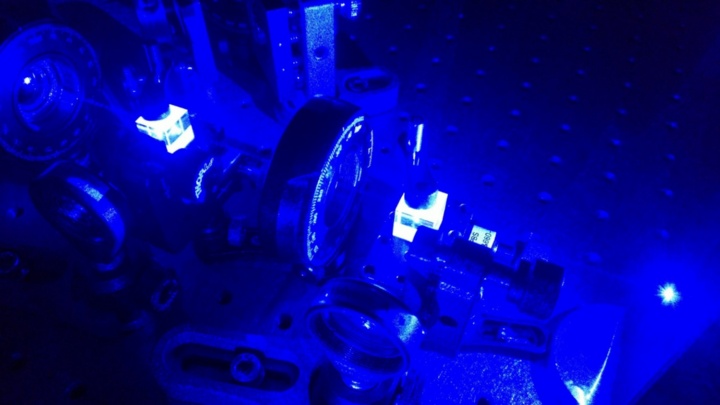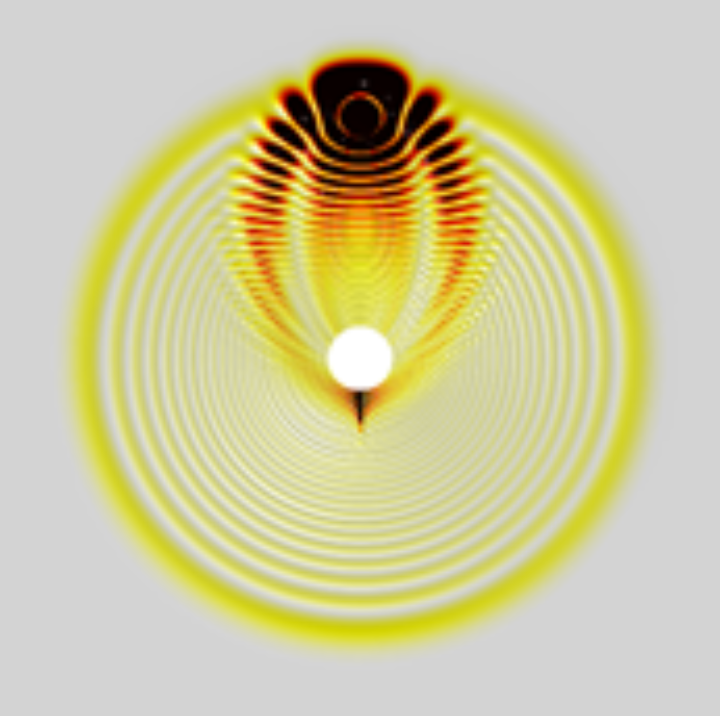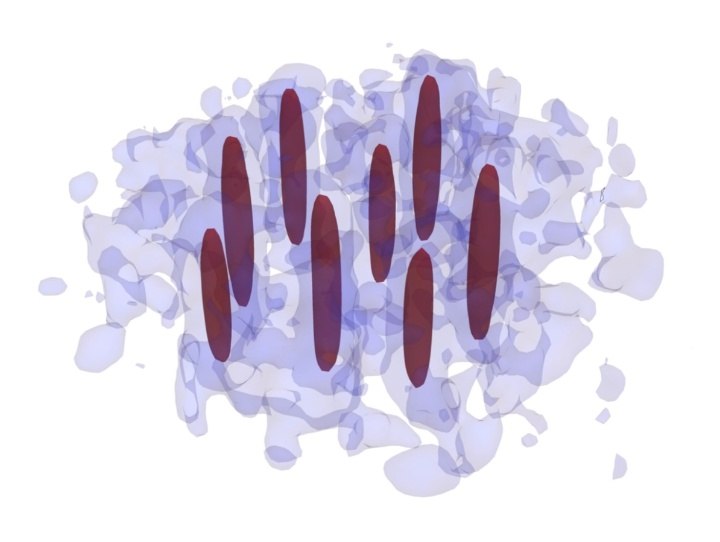Topics offered for
We are always looking for motivated students to join us for their Bachelor / Master thesis project.
On this page you can find a list of topics currently offered for thesis projects at the 5th Institute of Physics. Information on the research project and team in which each topic is embedded as well as contact persons are provided below.
If you are interested in joining our team for your thesis work please do not hesitate to contact us.
Bachelor Thesis Topics
In the new quantum network node laboratory, several diode lasers are used to cool, trap, and position single neutral atoms at the center of an optical cavity. These lasers must be locked to a stable reference provided by an ultra-low expansion (ULE) cavity. In this master’s thesis, you will set up the laser system and lock all the lasers to the ULE cavity using the Pound-Drever-Hall technique. To achieve this, the lasers must first be spatially overlapped using dichroic filters before reaching the ULE cavity. Subsequently, the laser light is transported via glass fibers to the atoms inside a vacuum chamber.
Contact: Dr. Stephan Welte

In our new project, we aim to realize a quantum computer based on individually controlled Rydberg atoms. The implementation of Rydberg gate operations requires active control of the pulse area for all relevant laser pulses that drive single- and two-qubit operations. In your thesis, you will set up an optical system to realize actively stabilized laser pulses as short as 100ns, making use of an electronic feedback loop that features a so-called sample-and-hold circuit.
Contact: Florian Meinert
In this project, you will realize an active feedback loop to control magnetic fields in a quantum simulator based on individually controlled Rydberg atoms. Magnetic fields are used for many purposes in our experiments, e.g. for cooling and trapping the atoms, for fixing quantization axes, or for controlling energy level shifts via the Zeeman effect. You will realize such time-dependent control using a precise current sensor and a PID controller that closes an active magnetic-field stabilization loop.
Contact: Florian Meinert
Project: Many-body physics with circular Rydberg atom arrays
In our project, we are setting up a quantum simulator based on individually controlled so-called circular Rydberg atoms. The generation of these peculiar Rydberg states requires precise control over magnetic fields. In your thesis, you will simulate and set up electro-magnets which will allow us to control the magnetic field strength and direction our trapped Rydberg atoms experience.
Contact: Florian Meinert
Project: Many-body physics with circular Rydberg atom arrays
Highly engineered hollow core fibres (in cooperation with the Max Planck Institute in Erlangen) allow to guide light over long distances in air beyond the diffraction limit. This allows for ideal atom-light coupling. The spectroscopy of Rubidium filled fibres opens a new pathway to quantum optics.
Contact: Robert Loew, Harald Kübler
Project: Quantum Optics with Hot Atoms
We are currently setting up a new quantum simulator using ultracold dysprosium atoms. The goal of the experiment is to realize new states of matter with long-range interactions and detect them using quantum gas microscopy.
In this process, there are a large variety of topics available for B.Sc. theses:
- Setting up a digital mirror device (Programming and optics)
- Optical transport of ultracold atoms (Lasers and optics)
- Setup of an accordion lattice (Lasers and optics
- Designing and building of a wireless low-power sensor for tracking B field, humidity and temperature around the experiment (Electronics & Sensing)
- Design of an active magnetic field stabilization (Electronics & Sensing)
Please contact Ralf Klemt for further details on the individual thesis projects.
Project: Dipolar Quantum Gases
Combining photonic waveguides with the spectroscopy of thermal Rubidium vapours allows for miniaturization of various spectroscopy schemes to the nanometer scale. This is not only interesting for applications but is also of fundamental interest as at such length scale the atom-wall interaction as well the atom-atom interaction become more relevant.
Contact: Robert Loew, Harald Kübler
Project: Quantum Optics with Hot Atoms
Master Thesis Topics
For our new quantum network node experiment, neutral rubidium atoms need to be trapped and cooled in a three-dimensional magneto-optical trap (MOT) before being transferred into optical tweezers and positioned within the cavity mode. To load the three-dimensional magneto-optical trap, we plan to set up a two-dimensional MOT. In this master's project, you will plan, set up, and characterize the 2D MOT. Eventually, the 2D magneto-optical trap will be connected to the main experiment chamber and serve as an efficient loading mechanism for atoms.
Contact: Dr. Stephan Welte

Rydberg atoms have at least one electron excited to a large principal quantum number and show unique and interesting properties. For example, the orbit of the Rydberg electron can be more than thousand times larger compared to the ground state. Moreover, the Rydberg state leads to exotic and interesting interactions with its surroundings.
In our lab, we are working with an Ion microscope to study the interaction of rubidium Rydberg atoms with ions, other Rydberg atoms or an ensemble of ground state atoms. To do this, we prepare an ultra-cold atomic sample in a highly controlled environment in which we can imbed ions and Rydberg atoms by using precise and narrow laser systems. To observe the processes happening in our experiment we use an ion microscope that allows us to study interactions in real space with a resolution of 200nm.
In the future, we want to extend our experimental apparatus to be able to investigate a broader range of interesting physical phenomena. This involves setting up the frequency and intensity stabilization of new laser systems and the optical setup to manipulate ultra-cold atoms.
During this work, you can join a state-of-the-art cold-atom experiment and gain experimental experience in setting up and working with high-precision optical setups. You will also have the opportunity to improve your skills in simulating theoretical models that describe the physics in cold Rydberg systems.
Contact: J. Krauter
Project: High-resolution Ion Microscope
We seek for controlling individual trapped Rydberg atoms for applications in quantum simulation and quantum computing. To work towards this goal, we offer a master thesis project which will focus on the implementation of narrow-line laser cooling methods. Your task will be to first set up and characterize a narrow-linewidth laser system frequency stabilized to a high-finesse optical resonantor and finally use this system to implement a magneto-optical trap operating on a narrow intercombination line.
Contact: F. Meinert
Project: Many-body physics with circular Rydberg atom arrays
A Rydberg atom provide a single electron in a well defined quantum state that can cover thousands of atoms in a Bose-Einstein Condensate. We are interested to watch this single quantum imersed in a sea of atoms. On the one hand it can bind atoms into molecular states on the other habe it can backact on the collective excitations of a quantum gas. The interaction between the electron and the quantum gas is mediated by low energy scattering. The interaction depends on the electron spin and we have recently studies how this spin dependence can be used to excite very exotic "trilobite" molecules (see figure above) [2]. In this thesis we want to understand the transition from molecular physics to many-body physics [3] including the spin degree of freedom. In addition we want to study the depencence on the orbital angular momentum [4]. The experimenatl tool is high resolution spectroscopy on a BEC sample including single ion detection.
Contact: Florian Meinert
Project: Giant Rydberg Atoms in Ultracold Quantum Gases
[1] Kathrin S. Kleinbach, Florian Meinert, Felix Engel, Woo Jin Kwon, Robert Löw, Tilman Pfau, Georg Raithel
"Photo-association of trilobite Rydberg molecules via resonant spin-orbit coupling"
Phys. Rev. Lett. 118, 223001 (2017)
[2] A. Gaj, A. T. Krupp, J. B. Balewski, R. Löw, S. Hofferberth, and T. Pfau
"From molecular spectra to a density shift in dense Rydberg gases"
Nature Comm. 5, 4546 (2014)
[3] A.T. Krupp, A. Gaj, J.B. Balewski, P. Ilzhöfer, S. Hofferberth, R. Löw, T. Pfau, M. Kurz, and P. Schmelcher,
"Alignment of D-state Rydberg molecules"
Phys. Rev. Lett. 112, 143008 (2014)
If you are interested in a cutting-edge interdisciplinary research on the interface of atomic physics, quantum optics, and Nano-photonics this is a proper project for you. Within the scope of this Master’s thesis, you will develop good theoretical understanding and experimental skills by working on an efficient integrated optical cavity embedded in an atomic vapor cell.
For further details please refer to this pdf file.
Contact: Tilman Pfau
Project: Quantum Optics with Hot Atoms
In collaboration with ITO a high-numeric aperture solid-immersion lenses will be placed on a glass cell. Different lens geometries will be explored and characterized. This topic is in context of the room-temperature single-photon emitter project.
Contact: Harald Kübler
Project: Quantum Optics with Hot Atoms
This project is a collaboration with the IHFG. We plan to develop a blue laser source in a compact package based on the VECSEL-technology developed at the IHFG. This light source will be integrated in our trace gas sensor project.
The new laser source will be compared to an existing commercial laser source at the PI5.
Contact: Robert Löw, Harald Kübler
Project: Quantum Optics with Hot Atoms
The current state-of-the-art theoretical model to describe strongly dipolar Bose-Eintein condensates of Dysprosium is the so-called extended Gross-Pitaevskii equation. This equation is based on the mean-field Gross-Pitaevskii equation including the long-range anisotropic dipole-dipole interaction, to which an effective term is added to take into account the effect of beyond-mean-field corrections. These correction arise from quantum fluctuations in the fluid and act as an effective extra non-linearity. The goal of this project is to perform simulations of this equation to compare to experiments in order to test the thepry at the current level and make useful predictions for our experiments on Dysprosium. These numerical simultions are developped in our group, and they allow to implement the exact experimental conditions.
Contact:Tilman Pfau
Project: Dipolar Quantum Gases
We are currently setting up a new quantum simulator using ultracold dysprosium atoms. The goal of the experiment is to realize new states of matter with long-range interactions and detect them using quantum gas microscopy.
In this process, there are a large variety of topics available for and B.Sc and M.Sc. theses:
- Setting up a digital mirror device (Programming and optics)
- Optical transport of ultracold atoms (Lasers and optics)
- Setup of an accordion lattice (Lasers and optics)
- Designing and building of a wireless low-power sensor for tracking B field, humidity and temperature around the experiment (Electronics & Sensing)
- Design of an active magnetic field stabilization (Electronics & Sensing)
Please contact Ralf Klemt for further details on the individual thesis projects.
Project: Dipolar Quantum Gases
Single atoms trapped at the center of an optical cavity are an ideal platform for implementing a quantum network. Each atom emits single photons which leave the cavity and are entangled with the respective atom. For many applications in quantum computing and communication using this experimental system, individual atom control with steerable tightly focused laser beams is a prerequisite. This project involves employing an acousto-optical deflector (AOD) in combination with high-precision optics and an objective with a high numerical aperture to achieve this individual atom control. The project encompasses planning the optical setup, followed by its careful characterization.
Contact: Stephan Welte
Project: Quantum Network Node
The new quantum network node experiment will be operated with an ARTIQ (Advanced Real-Time Infrastructure for Quantum physics) based control system which includes FPGA-controlled DDS cards for radio-frequency generation. These radiofrequency signals are amplified and transmitted to acousto-optical modulators to control power, frequency and phase of laser beams that drive individual atoms. In the new quantum network node laboratory, you will set up, program and implement the control system unit in a compact 19-inch rack.
Contact: Stephan Welte
Project: Quantum Network Node
Teacher Candidate (Lehramt) Thesis Topics
The group "Physics Didactics Research" is constantly offering various topics for your final thesis projects. To find out more on current offerings please contact:
Contact
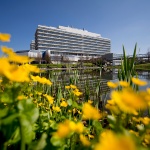
5. Physikalisches Institut
Administration


